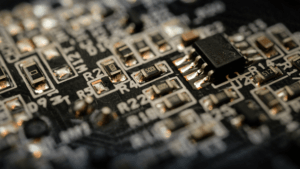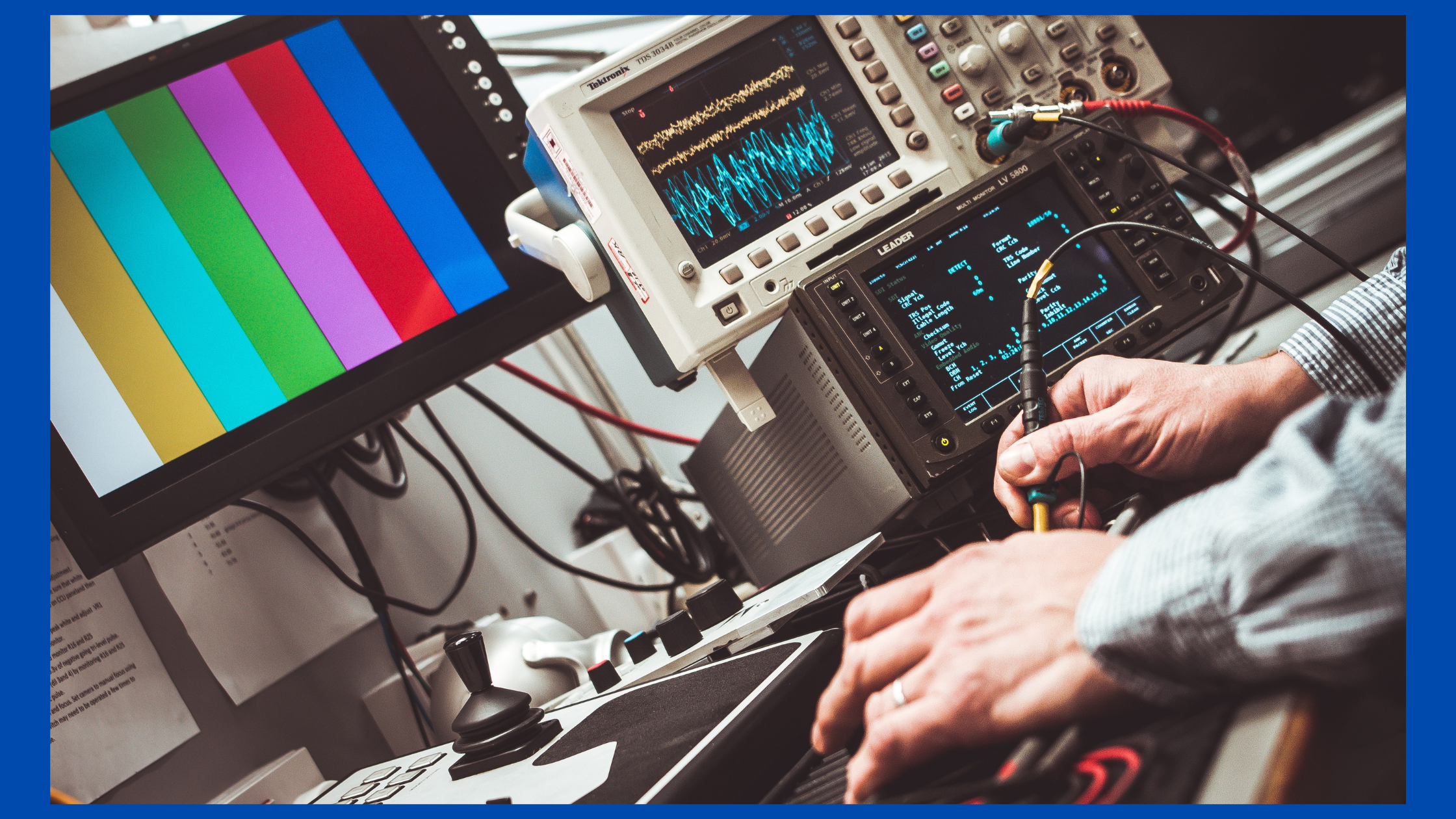Testing motherboards without CPUs can be daunting, but ensuring compatibility with other components in your build is important.
There are a few different methods that can be useful to test motherboards without CPUs, and each has its benefits and drawbacks.
This article discusses some of the most common methods for testing motherboards without CPUs.
Can You Test a Motherboard Without a CPU?
Yes, you can test a motherboard without a CPU. One way to do this is by using a paper clip. First, short out the two pins on the motherboard responsible for powering the board.
Next, insert the paper clip into the socket where the CPU normally goes. The motherboard functions if you hear a beep and see a light turn on.
If you don’t hear a beep or see a light turn on, there is likely something wrong with the motherboard.
Here are methods to Test a Motherboard Without a CPU:
- Power-on Self-Test (Post)
- Onboard Speaker or Beep Code Testing
- Multimeter Testing
-
Power-on Self-Test (Post)
When starting a computer, the POST is the first run process. This initial process checks the computer’s hardware to ensure it is functioning correctly. If any issues are found, the system will usually halt so that you can troubleshoot the problem.
There are a few different ways to run a POST test. One way is to use a motherboard diagnostic card.
This card plugs into your motherboard and has a series of LEDs that will light up when the POST test is running. Another way is to use a bootable CD or USB drive with a POST testing program.
If you don’t have a CPU installed on your computer, you can still run a POST test by using the motherboard’s power button. To do this, you’ll need to short out two pins on the motherboard near the power button.
-
Onboard Speaker or Beep Code Testing
PC enthusiasts have long used the onboard speaker or beep code testing method to test their motherboard without a CPU.
It is a simple and easy way to check for basic problems with your motherboard, such as whether or not it is getting power, if the RAM is installed correctly, and if the CPU socket is working properly.
The beep code testing method involves pressing the power button on your PC and listening to the beeps emitted from the onboard speaker.
If you hear a series of short beeps, this usually means something is wrong with your RAM, and you will need to remove and reinstall it to fix the problem.
If you hear a single long beep, it usually means something is wrong with your motherboard, and you need to replace it.
-
Multimeter Testing
A multimeter is a tool used to measure voltage, current and resistance. It can be useful to test the motherboard without the CPU.
- The first step is to remove the motherboard from the case and place it on an anti-static mat.
- The next step is to identify the power supply connectors and remove them from the motherboard. The next step is to identify the CPU socket and remove the CPU.
- The final step is to use the multimeter to measure voltage, current and resistance.

How to Test Motherboard Without CPU (Explained)
Can a Dead CPU Kill a Motherboard?
The answer is yes; a dead CPU can kill a motherboard. With all the different parts that go into a computer, it’s no wonder that sometimes things go wrong.
The CPU is one of the most important – and often most overlooked – components. But what happens if your CPU dies? Can it take your motherboard with it?
If the CPU isn’t getting enough power or something wrong with the circuitry, it can cause the motherboard to short out.
It can happen even if the CPU is still plugged in; if the motherboard has a problem, the power supply will eventually give out.
So what can you do to prevent this from happening? First, make sure your power supply is up to par.
The minimum wattage you need will depend on your system configuration, but you should generally have at least 500 watts.
What Happens if You Boot a PC Without a CPU?
If you try to boot a PC without a CPU, the system will not start. The motherboard will not be able to power on without a CPU installed, and you will see no video output or other signs of life from the system.
Sometimes, the motherboard may even be damaged if you try to boot it without a CPU.
Can a Bad Motherboard Fry a CPU?
It is why it’s so important to ensure that your motherboard is in good condition and compatible with all the other hardware in your system.
Unfortunately, even if you take all these precautions, there’s still a chance that your motherboard could fry your CPU. Several things could go wrong with a motherboard that could damage the CPU.
- One of the most common problems is a faulty power supply. The motherboard can overheat and fry the CPU if it doesn’t get enough power.
- Another common problem is a bad chip or connector on the motherboard. It can cause data corruption or create an electrical short, damaging the CPU.
Final Thoughts
In conclusion, testing a motherboard without a CPU is a process you can complete by following the steps on how to Test Motherboard Without CPU outlined in this article.
By doing so, you can ensure that your motherboard is in good working condition and that no damage has been done.

